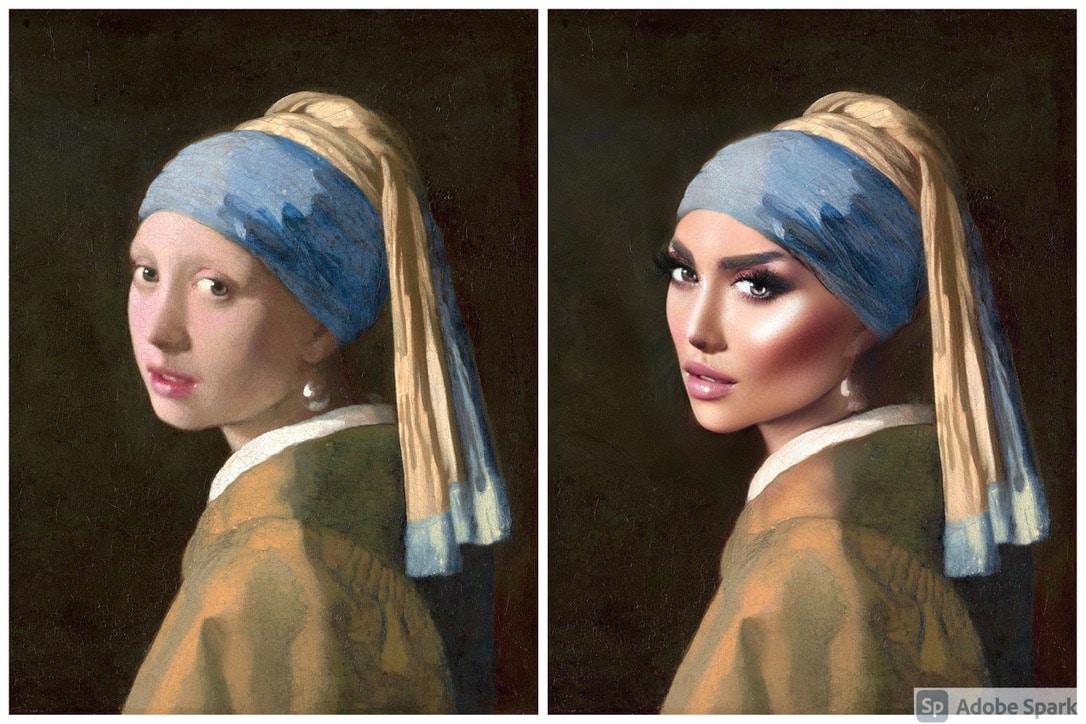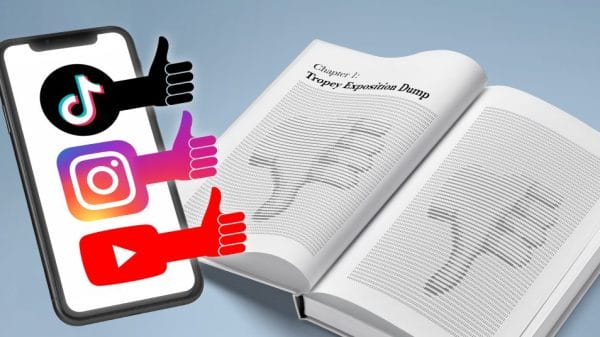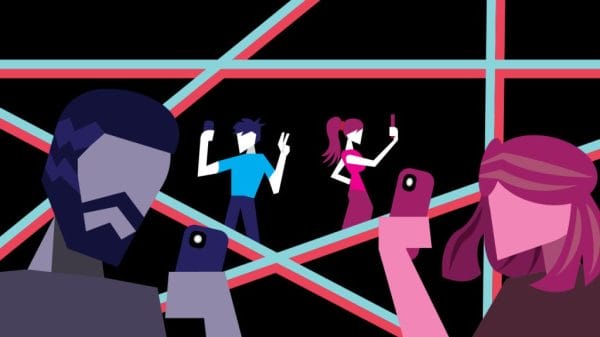The Mona Lisa with a full face of makeup, Gollum sporting a smokey eye, Thanos wearing sheer lipgloss. No, this isn’t RuPaul’s Drag Race, this is the internet.
Over the past month, a new trend has flooded Gay Twitter. The trend in question? Yassification. Equal parts hilarious and disturbing, the “yassification” meme involves using beauty editing software to transform anyone— be that a celebrity, fictional character, or historical figure—into an Instagram baddie.
The word “yassification” has been trending on social media among LGBTQ+ spaces since 2020. However, it wasn’t until a still from Hereditary‘s Toni Colette was yassified that the meme became widespread.
Since, no one has been safe from yassification. Timothee Chalamet received a makeover, dawning dark eyeshadow and lip fillers, Joe Biden was transformed into a barbie doll, sporting pink lipstick and blond hair extensions, and Johannes Vermeer’s Girl with the Pearl Earring was transformed into a Kardashian sister.
The Twitter user @YassifyBot can be credited for the meme’s virality. The account began after a 22-year-old student by the name of Denver Adams fell sick and decided to kill the time by buying a FaceApp Pro subscription.
Since its launch, the account has racked up over 140,000 followers and counting. It should be noted that @YassifyBot did not invent the trend so much as push it into the mainstream.
Yass Please!
It’s easy to understand why the fad has exploded. First, the process of making a yassified meme is simple: you take a face, run it through FaceApp, post, and repeat.
Second, for creatives like Daniel Elliott, a music producer based in Tennessee and the person behind yassifying Will Byers, yassification reminds us to not take our looks too seriously.
“It’s fun for fun’s sake… I think people love the transformation that make-up can provide to a person. There’s something inherently fun, expressive, and liberating about hyper-feminization or hyper-beautification.”
Credit: Dazed Digital
Rusty Barrett, a linguistics professor from the University of Kentucky credits the meme’s appeal to drag culture.
“It evokes drag in that drag queens sometimes look plastic and way overdone. Part of it is that it looks good, but it clearly looks fake. That positive view of artifice is something that is common across gay culture.”
Credit: The New York Times
Third, the meme is absurd to the point of satire.
Back in 2017, Facetune was Apple’s most popular paid app and a 2020 survey showed 71% of people would not post an Instagram selfie unless they edited it beforehand. Influencers and celebrities are no different, as eagle-eyed users expose when celebrities have photoshopped their social posts.
By 2021, this trend shows the internet’s fatigue against today’s heavily photoshopped culture.
According to Adams:
“I don’t know if there’s a deeper meaning behind this meme trend, but if I had to theorize it, it would be that it’s kind of making light of how ridiculous this AI technology is, how smart it is, how it’s able to read faces and completely retouch them into something so artificial with a click of a button, within one second. I don’t know if that’s a scary thought, but it makes a joke out of it which I think is funny. I would say that it’s satire.”
Credit: TeenVogue
Toot or Boot?
Reaching the end of their FaceApp membership, Adams admits feeling regret over making the @Yassifybot Twitter page.
“I’m not proud of what I created at all. I’m really embarrassed by it.”
Credit: i-D
Of course, finding a yassified painting of Queen Elizabeth funny isn’t problematic. However, Adams fears the negative consequences of Yassification when not handled responsibly.
For one, Adams shares a concern over the meme’s ability to perpetuate techno-racism. After all, FaceApp has been notorious for automatically lightening users’ skin tones and pushing Eurocentric beauty standards. Using the app’s beauty filters implies BIPOC are only “yass”-worthy when they’re made to appear more caucasian or racially ambiguous.
In other cases, Adams fears the trend’s sense of mockery may unintentionally lean toward misogyny or disrespect other people’s gender identity.
I-D explains it best:
“When these [hyper-feminine] ideals are applied to real-life women, non-binary and femme people across the board as expectations or a correction on their gender identity or expression, we do need to think about what messages these images are sending out. “
Then there are brands and corporations who may appropriate gay culture for the sake of their own profit by using the meme.
“Amazon is going to be ‘yassifying’ something and doing another stupid thing that steals from queer culture. And it’s my fault because I brought it to this level.”
Credit: i-D
The account is still active as of writing this article; however, Adams plans to eventually delete the account sometime in the near future. For now, amongst the good, the bad, and the ugly, Adams hopes both @YassifyBot and the yassification trend can at least spark conversation.













